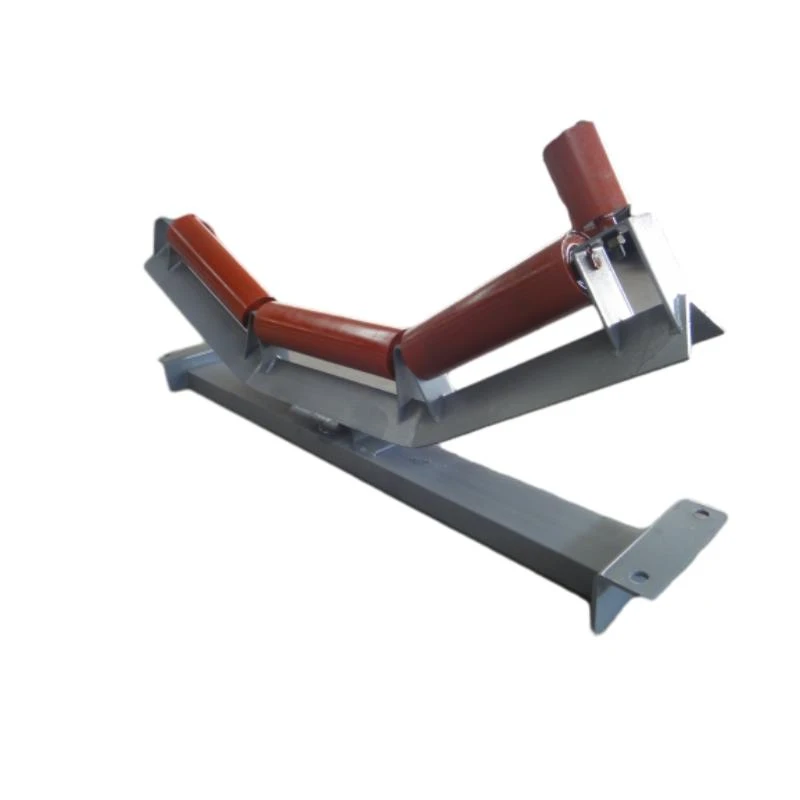bearing housing types
Understanding Bearing Housing Types An Overview
Bearing housings are crucial components in machinery, providing support and stability to rotating elements like shafts and bearings. The type of bearing housing selected can significantly influence the efficiency and longevity of equipment. In this article, we will explore various bearing housing types, their characteristics, and their applications.
1. Pillow Block Housing
Pillow block housings are one of the most common types used for various applications. They are designed to support bearings on a shaft, allowing for easy alignment and mounting. The typical structure consists of a block that is mounted to a surface and a bearing that fits snugly inside. Pillow block housings are ideal for applications requiring easy maintenance and are commonly used in conveyors, fans, and other machinery.
2. Flange Mount Housing
Flange mount housings are designed with a flange that allows bolting directly to a surface. This type of housing is particularly useful when vertical mounting is required. The flange provides extra support, making it ideal for applications with extreme loads or vibrations. Flange mount housings are often used in industrial applications such as pumps and compressors.
Take-up bearing housings are unique in their adjustability. These housings allow for the adjustment of the alignment of the bearing and the shaft position. This feature is beneficial in applications where belt tension needs to be managed. Commonly found in belt conveyor systems, take-up housings help maintain proper tension, ensuring efficient operation.
bearing housing types

4. Cartridge Bearing Housing
Cartridge bearing housings offer a compact design that simplifies installation and replacement. The bearing is pre-assembled in the housing, making it easy to replace the entire unit without needing specialized tools. This type of housing is well-suited for applications requiring precision and minimal downtime, such as in electric motors and pumps.
5. Solid Housing
Solid housings provide robust support and are often used in applications with high load and shock resistance. Their durable construction makes them suitable for harsh environments, including heavy machinery and manufacturing equipment. Solid housings can also contribute to noise reduction, which is a critical factor in many industrial settings.
6. Split Bearing Housing
Split bearing housings consist of two halves, allowing for easier installation and maintenance without removing the shaft. This design is particularly advantageous in applications where space is limited. Split housings are frequently used in larger machinery and equipment where bearing replacement would otherwise take considerable time and effort.
Conclusion
Understanding the various types of bearing housings is essential for selecting the right one for a given application. Each type has its unique characteristics that make it suitable for specific environments and requirements. Whether dealing with high loads, vibration, or precision needs, choosing the correct bearing housing can enhance equipment performance and longevity. As technology continues to evolve, bearing housings are also being developed with advanced materials and designs, further improving their efficacy in diverse industrial applications. By carefully considering the different types of bearing housings available, engineers and technicians can optimize machinery performance and reliability.
-
Impact Roller for Belt Conveyor – Durable Solutions for IndustryNewsNov.24,2025
-
Rubber Conveyor Rollers – Quiet, Durable, Sealed BearingsNewsNov.24,2025
-
Industrial Conveyor Belt Rollers: Durable Solutions for Harsh EnvironmentsNewsNov.24,2025
-
Idler Rollers for Belt Conveyors | Durable, Low-Noise OEMNewsNov.24,2025
-
Durable Rubber Conveyor Belt Rollers for Industrial UseNewsNov.24,2025
-
Ceramic Lagging Conveyor Pulley – Anti-Slip, Wear-ResistantNewsNov.17,2025






























